What Animals Live in Pa but Nowhwre Else
Pennsylvania is a large, populous state situated in the northeastern mid-Atlantic region. I of the 13 original colonies, it is nicknamed the keystone state for its important geographic position betwixt the other states. Delaware, Maryland, and W Virginia are located to the south. Ohio is to the west. New York, Lake Erie, and the Canadian province of Ontario are north. To the east, it is separated from New Bailiwick of jersey by the Delaware River, which runs into the Atlantic Ocean.
Pennsylvania is a state of diverse ecosystems. The Appalachian Mountains, which include the state's highest betoken, Mount Davis, at 3,213 anxiety, run straight through the middle of the country. They are surrounded by dumbo forests, grasslands, hills, and wetlands. The Susquehanna River, which runs north to southward from New York to the Chesapeake Bay, is the longest river located entirely inside the state. Other important rivers include the Ohio and Allegheny. Together they account for much of the land's multifariousness of freshwater wildlife.
The Official Animal of Pennsylvania
The state of Pennsylvania is officially represented past several dissimilar types of native wild animals. The land bird is the ruffed grouse, a medium-sized fowl that proved to be an of import food source for the early settlers. The state dog is the Great Dane, a large hunting and working breed, once owned by the state'due south founder, William Penn. The state fish is the beck trout; it's 1 of the most mutual freshwater fish throughout the 4,000 miles of rivers and streams. The state insect is the firefly, which lights upwards the night sky in the summer. The official amphibian is the eastern hellbender, the largest species of salamander in North America. Finally, the official land animal is the white-tailed deer, a popular game creature.
Where to Detect the Superlative Wild fauna in Pennsylvania
The best places to find Pennsylvania'due south about pristine and untouched wild fauna are the numerous state and national parks and refuges dotted throughout the state. This list volition cover the most popular destinations in the state.
- The Ohiopyle State Park, which covers some 19,000 acres in the Laurel Highlands of southwestern Pennsylvania, is a popular kayaking and water rafting destination. Amid the hiking trails and scenic waterfalls, visitors tin can expect to find plenty of deer, turkey, grouse, badgers, foxes, rodents, and other wildlife.
- The Delaware Water Gap National Recreation Area, which covers some 66,000 acres of the Pocono Mountains in the southeast, has some 100 miles of hiking trails, where 1 can find rabbits, deer, rodents, and possibly even the elusive blackness comport.
- The Cherry Springs State Park, located in Potter County of northward key Pennsylvania, is a prime destination for campers, hikers, and stargazers. Deer, otters, fishers, ospreys, hawks, nightjars, eagles, badgers, and blackness bears are all found hither.
- Pymatuning Land Park, located in the northeast of the state about the town of Crawford, covers around 21,000 acres of a manmade lake. The waters are teeming with largemouth and smallmouth bass, bluegill, walleye, carp, crappies, and other freshwater fish. Information technology is open to fishing all year-round.
- Presque Island State Park, situated on some iii,000 acres country effectually Lake Eerie, is a US National Natural Landmark. Information technology's also widely regarded as one of the best bird-watching sites in the state. Piping plovers, cerulean warblers, terns, sparrows, blackbirds, and gulls are all institute here.
- Finally, Nockamixon State Park, located to the n of Philadelphia, is another good destination for bird-watching and freshwater angling. More than than 250 species of birds have been documented at the park, including orioles, warblers, swans, grebes, sandpipers, herons, kingfishers, ospreys, wrens, grosbeaks, and egrets.
The Virtually Dangerous Animals in Pennsylvania Today
The forests of Pennsylvania may have once teemed with many unsafe predators, but today well-nigh of the dangerous animals are venomous snakes and insects, non carnivores. This list will only count wild animals that pose a directly danger to people. It volition not include wild fauna that incidentally harm people past spreading diseases.
- Timber Rattlesnake: Present throughout well-nigh of Pennsylvania, the timber rattlesnake can come in a few unlike color morphs, including yellowish with night bands and nearly fully blackness. The long fangs, big size, and ability to inject a lot of venom at once brand them potentially very unsafe. Fortunately, they are quite shy and non-aggressive around humans, and they will usually give a lengthy warning with their weird rattle before striking. If you've been bitten past this serpent, still, so you should seek immediate medical attention. The anti-venom for this snake bite is quite constructive.
- Eastern Copperhead: Some other common forest-dwelling snake, the eastern copperhead is identified by the pale brownish torso and darker markings that almost look like weird stains. While this snake will sometimes evangelize a dry warning seize with teeth, the venom itself is quite stiff and potentially lethal. Symptoms include pain, tingling, swelling, and nausea. Firsthand medical attention is advised.
- Eastern Massasauga: Found merely in western Pennsylvania, this species has a gray or tan body with rows of brown or black markings. Information technology is normally quite shy and tries to avert contact with humans, simply once injected, the venom can destroy tissue and prevent blood clotting. Properly treated bite victims e'er brand a full recovery.
- Black Widow Spider: The female of the black widow is the deadlier of the two sexes because of the larger venom gland. She is hands identified by the black torso and red markings on the abdomen. Pain, cramps, and spasms are common symptoms of its bite, only death is uncommonly rare, even in untreated cases.
- Bees and Wasps: The sting from these flying insects can be exceptionally painful and annoying, but but a handful of deaths are known to occur each yr, usually as a effect of a severe allergic reaction.
- Black Bear: While non quite equally unsafe as its fearsome reputation suggests, these large carnivores certainly dangerous plenty to kill a person. Nigh incidents occur when a mother is protecting her cubs. Sometimes people tin can be injured when their dog picks a fight with the bear. Fortunately, attacks are uncommonly unlikely, and deaths are even rarer.
Endangered Animals in Pennsylvania
The state of Pennsylvania currently classifies species as either threatened or endangered based on their status within its borders. There are currently dozens of endangered species, many of which are listed below. The cougar, moose, wolf, wolverine, and Canadian lynx are no longer found in Pennsylvania, but they do exist elsewhere in North America. The bald hawkeye and osprey accept successfully recovered from previously low numbers thanks to the land's conservation efforts. Here is a list of the endangered animals in Pennsylvania.
- Tricolored Bat: Easily identified past the presence of tricolored hair on the back, this species is currently threatened by the strange fungal disease known as white-nose syndrome, which spreads rapidly through the concentrated mass of hibernating bats in the winter. It causes widespread devastation by disrupting the bat's natural hibernation bike.
- Indiana Bat: This medium-sized mouse-eared bat is very common throughout the entire eastern U.s., but it also is susceptible to the strange scourge of white-nose syndrome. Since 2006, entire populations have been completely wiped out or heavily reduced.
- North American Least Shrew: These tiny mammals, which measure only most 3 inches long, are currently classified every bit threatened in Pennsylvania and Connecticut due to the loss of freshwater habitat such as dunes and marshes.
- Piping Plover: A pocket-sized shorebird, the piping plover is one of the rarest birds in Pennsylvania due to the loss of its of import nesting sites, especially around Lake Eerie.
- Great Egret: This large, long-necked, white-colored water bird is a very mutual sight all over the world. However, it does appear to be declining in Pennsylvania due to the loss of wetlands from clearing, drainage, and other factors.
- Rex Rail: This medium-sized water bird, which breeds in the marshes throughout the eastern United States, is in turn down throughout Pennsylvania because of habitat loss.
- Black-crowned Night Heron: Hands identified past the combination of a white body and black crown and back, this medium-sized bird can exist plant in fresh and saltwater wetlands throughout the entire world. Unfortunately, in Pennsylvania, it is suffering greatly from habitat loss.
- Loggerhead Shrike: This is a small songbird with a white breast, black mask and wings, and pale greyness dorsum. It breeds in the northern United States and migrates south as far as Key America for the winter. Numbers have been declining in the country since the 1960s, perhaps as a result of pesticide use, habitat loss, human disturbances, or a combination of all three.
- Bog Turtle: Every bit the smallest turtle in Due north America, the carapace of the bog turtle measures no more than about 4 inches. Loss or disruptions of their preferred wetland habitats, also as their depression reproductive rate, have fabricated them one of the rarest turtles in the entire land. They are currently protected past the federal Endangered Species Human action.
- Shortnose Sturgeon: The shortnose sturgeon is a big bottom-feeding fish that plies the waters off the declension of the US and and so returns to freshwater habitats to lay their eggs. They are establish throughout the Delaware Bay and the surrounding river system, simply water pollution, poaching, overfishing, and adventitious boat strikes (combined with slow maturity and depression nascence rates) have all contributed to declining population numbers. Information technology is at present one of the rarest fishes in the area.
Pennsylvanian Animals
Armyworm
They are then named because they "march" in armies of worms from one crop to another in search of food
Blueish Catfish
It's a strong fighter when caught on a angling line
Eastern Rat serpent
Rat snakes are medium-to-large, nonvenomous snakes that impale by constriction.
Flea
Adult fleas tin jump upwardly to 7 inches in the air
Fox Squirrel
Although it is a tree squirrel, information technology spends most of its time on the footing.
Massasauga
The proper name "Massasauga" comes from the Chippewa linguistic communication, meaning "Slap-up River Oral fissure".
Mealybug
They take a symbiotic relationship with ants.
Orb Weaver
Females are about four times the size of males
Owl
The owl can rotate its caput some 270 degrees
Rat Snakes
Rat snakes are constrictors from the Colubridae family of snakes.
Blood-red-Eared Slider
Sliders spend lots of time basking in the sun. As cold-blooded animals, they need the sun to heat upward.
Rooster
Will mate with the entire flock!
Seagull
Some gulls are capable of using tools
Pennsylvanian Animals List
Animals in Pennsylvania FAQs (Ofttimes Asked Questions)
What kinds of animals alive in Pennsylvania?
The most common native mammals that live in Pennsylvania are opossums, moles and shrews, bats, rabbits, raccoons, foxes, skunks, otters, minks, badgers, weasels, deer, and rodents (such every bit squirrels, chipmunks, voles, mice, and rats). The most common birds are bluish jays, finches, cardinals, ducks, geese, warblers, sparrows, wrens, grouses, and birds of casualty. The state is too rich in salamanders, frogs, and toads, turtles, snakes, freshwater fish, insects, mussels, and other invertebrates.
How many species of animals live in Pennsylvania?
Pennsylvania has more than threescore native mammals, around 400 birds, 40 reptiles, and 36 amphibians. Past far the near common animals, though, are invertebrates. There are some 11,500 documented species in the country, but this but represents virtually one-half of the invertebrates thought to be in the wild.
What predators live in Pennsylvania?
Foxes, black bears, badgers, weasels, and minks are the master predators living in Pennsylvania. All these carnivores only the black bear pose petty danger to people.
What is the strangest fauna in Pennsylvania?
One of the more than strange looking wildlife may be the star-nosed mole. The snout is covered in weird writhing tentacles that form a star-shaped pattern. But these tentacles are actually some of the most sensitive instruments in the entire fauna kingdom. The mole can react very quickly to the presence of prey in its clandestine burrows – almost as fast as its nerves tin react.
Do moose live in Pennsylvania?
The moose may have disappeared in the state at some point in the 18th or 19th century due to early colonial overhunting.
What Animals Live in Pa but Nowhwre Else
Source: https://a-z-animals.com/animals/location/north-america/united-states/pennsylvania/

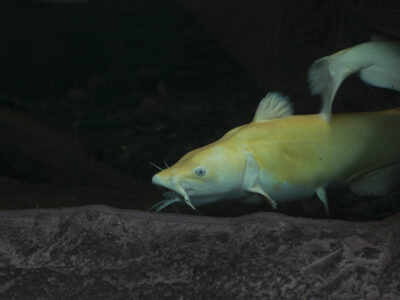



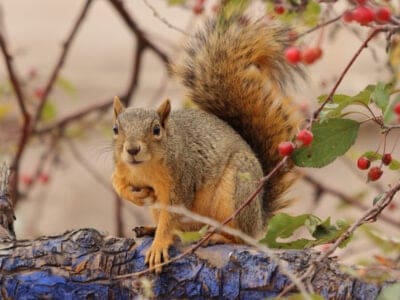
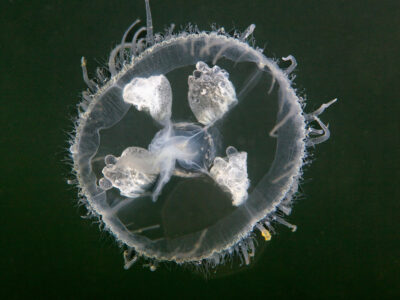

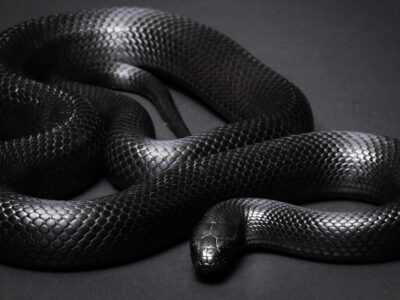







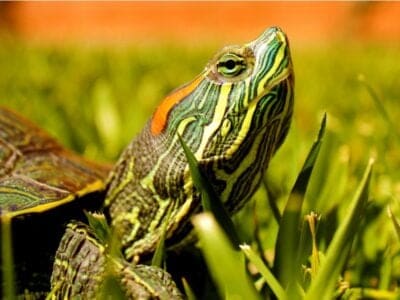

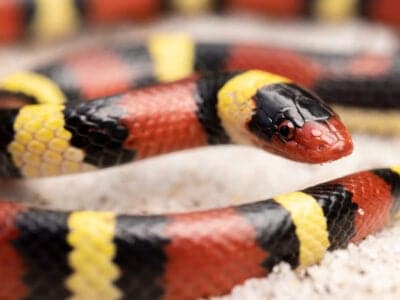




Comments
Post a Comment